Do I need to re-pot my spider-plant?
Storm 7a
11 years ago
Related Stories

CONTAINER GARDENSSolve Your Garden Border Dilemmas With Planted Pots
Set your containers free from the patio — placed among plantings in the ground, they fill unsightly gaps, let you experiment and more
Full Story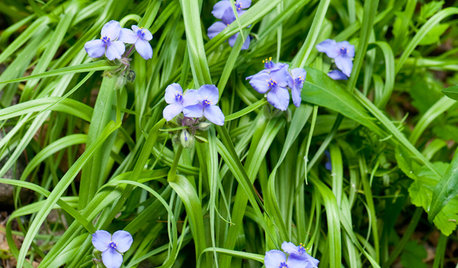
GARDENING GUIDESGreat Design Plant: Tradescantia Ohiensis Adds Shades of Blue
This reliable, adaptable U.S. native provides spider-like foliage and clusters of blue to purple flowers in Eastern gardens each spring
Full Story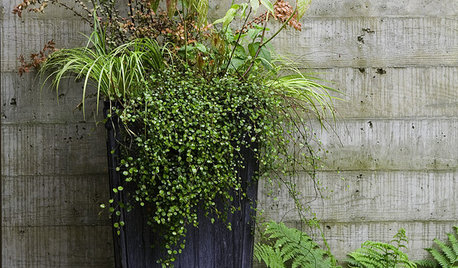
GARDENING GUIDESThe Secret Formula for Grouping Plants in a Pot
Designing a gorgeous container garden is easy once you know this simple rule of thumb for composition
Full Story
CONTAINER GARDENSContainer Garden Basics: How and When to Water Potted Plants
Confused about soil moisture, the best time to water and what watering device to use? This guide can help
Full Story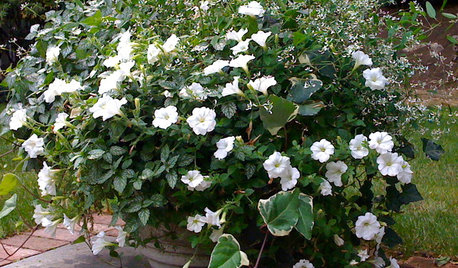
GARDENING GUIDES11 Perfect Plants for a Moonlit Garden — in Pots
Create an alluring after-dark aura on a patio or deck with container plants that glow white under the stars
Full Story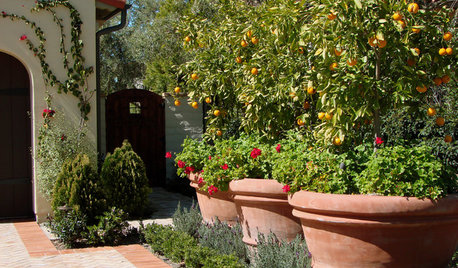
GARDENING GUIDESPick the Right Plant Pot to Flatter Your Landscape
To play matchmaker for your container garden and its surroundings, you've got to know all the materials and pick the right style
Full Story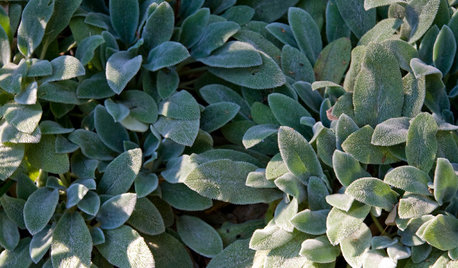
FOLIAGEThe Right Touch: 13 Soft, Fuzzy Plants for Gardens and Pots
Brush a hand on velvety foliage or fluffy plumes for a sensory garden experience beyond sight and smell
Full Story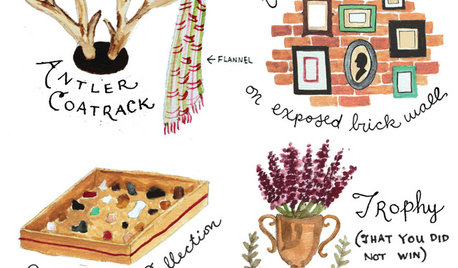
FUN HOUZZ12 Hints You're Becoming a Hipster
Air plants overcrowding your trophy vase? Repurposed crate sagging under your vintage camera collection? Hipness may have hit your home
Full Story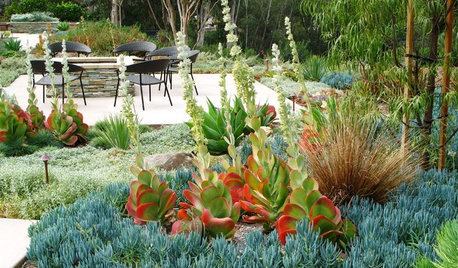
GARDENING GUIDESGreat Design Plant: Paddle Plant
If you're looking for awesomely strange foliage and low care requirements, this succulent is right up your alley
Full Story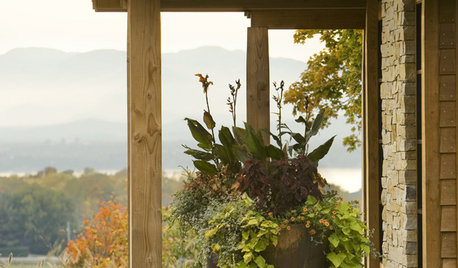
GARDENING GUIDESGrow a Beautiful Fall Garden in a Pot
Welcome autumn with 7 gorgeous plants that thrive in containers and enliven your porch or patio throughout the cooler season
Full StoryMore Discussions






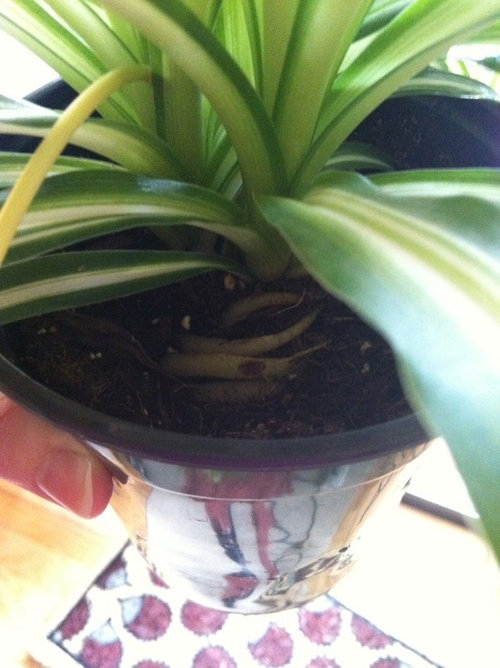

eahamel
tapla (mid-Michigan, USDA z5b-6a)
Related Professionals
Suffern Landscape Architects & Landscape Designers · Forest City Landscape Architects & Landscape Designers · Alpharetta Landscape Contractors · Barrington Landscape Contractors · Bristol Landscape Contractors · Brockton Landscape Contractors · Manhattan Landscape Contractors · Mason Landscape Contractors · Midland Landscape Contractors · Nutley Landscape Contractors · Shoreview Landscape Contractors · West Haverstraw Landscape Contractors · Tyngsboro Landscape Contractors · Maple Heights Landscape Contractors · Millbury HandymanStorm 7aOriginal Author
tapla (mid-Michigan, USDA z5b-6a)
Tiffany, purpleinopp Z8b Opp, AL